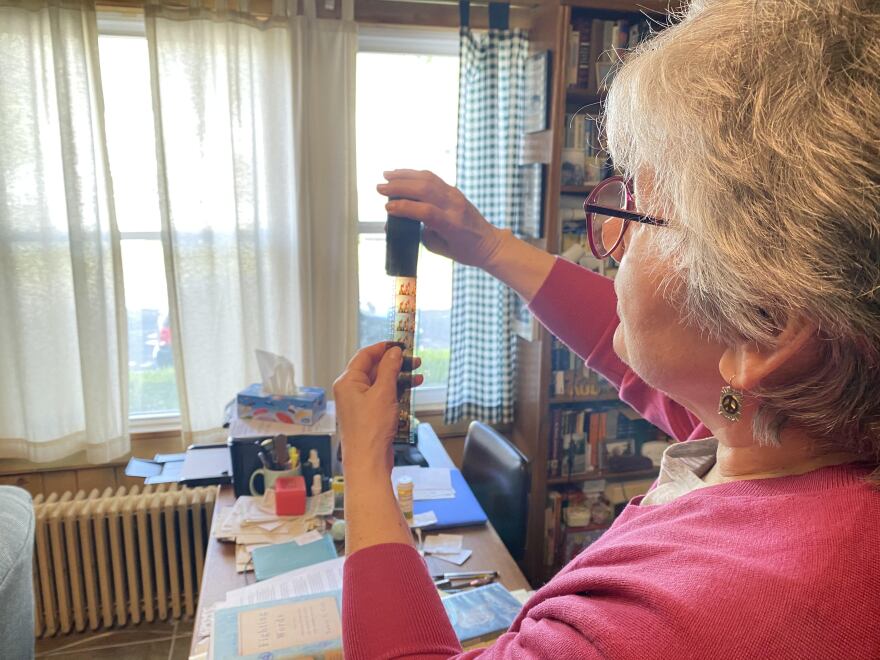So many love stories by French and German film directors of the 1930s are mood pieces… mood pieces that have an air of despair. A particularly powerful example of this kind of tragic love story is the 1939 French feature There’s No Tomorrow, Sans Lendemain, by the superb filmmaker Max Ophuls. Last month Kino Lorber released a restoration of this romantic drama on Blu-ray. It also is available for streaming on Kino Now.
While I have seen, or shall I say devoured, the better-known works of Ophuls that have been available over the decades, I had not had the opportunity to see There’s No Tomorrow until the recent release. This film is a valuable addition to the Max Ophuls filmography.
Ophuls was a German who worked in theater and then film in his homeland until the rise of Hitler. A Jew, he anticipated the future horror of antisemitism under Hitler and fled in 1933 to several countries of Western Europe and the United States. He is one of many filmmakers to become international. In 1939, when There’s No Tomorrow was produced, several of the crew were exiles from Nazi persecution. Such was the situation of its producer, Ukraine-born Jew Gregor Rabinovitch.
Ophuls’ films are highly appreciated for their atmosphere which he achieved though camera movement and artistic mood lighting, as well as a collaboration with his actors. Ophuls’ films feature tracking shots, a style that became synonymous with his name. He made so many masterworks: Liebelei, Letter from an Unknown Woman, Caught, The Reckless Moment, La Ronde, Le Plaisir, The Earrings of Madame de, and his legendary final film Lola Montes. Such an extraordinary career for a man who only lived fifty-four years.
There’s No Tomorrow begins in a Paris nightclub that features topless gals dancing and carousing with drunken male customers. There Evelyn ekes out a living for herself and young son. It’s a shameful life but one that she endures. One night she encounters her lost love Georges, an eminent doctor from Montreal, whom she has not seen in ten years.
We learn the situation of the previous decade… that she was in a broken marriage to a gangster. When her crooked husband threatened to harm Georges, she hid from her true love in order to protect his life.
Now Georges is back but she refuses to reveal her circumstances to him. Georges is a gem, a handsome and admirable man who is loving and devoted to her. He would love her no matter the sordid details of her past. “Life begins today, okay?” he asks. “No, … you may be the same man but I’m not the same woman.”
If this dialog sounds melodramatic, it’s because I have taken it from the context of the film. If a viewer is willing to open up to the predicament of Evelyn, then all the scenes are real and heartfelt. What Max Ophuls created surpasses what might be hokum in another director’s hands. The main players are Edwige Feuillere, a renowned actress of stage and screen, and George Rigaud, a prolific and popular film presence. There’s No Tomorrow is a tale of hope being offered to a woman who has sunk so low that she can only feel despair.
Max Ophul’s son, Marcel Ophuls, is a highly-respected filmmaker, as well. His most lauded work is the epic documentary The Sorrow and the Pity from 1969, explaining the collaboration of the Vichy France government with Nazi Germany.
Audrey Kupferberg is a film and video archivist and retired appraiser. She is lecturer emeritus and the former director of Film Studies at the University at Albany and co-authored several entertainment biographies with her late husband and creative partner, Rob Edelman.
The views expressed by commentators are solely those of the authors. They do not necessarily reflect the views of this station or its management.




